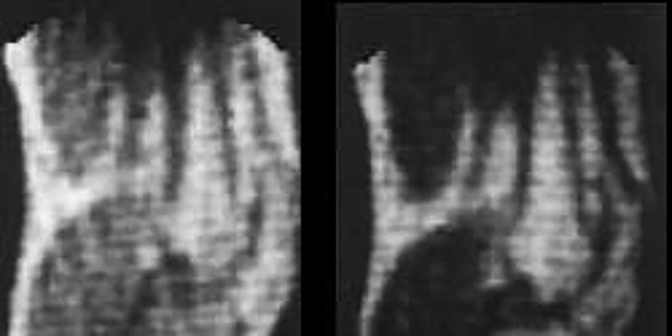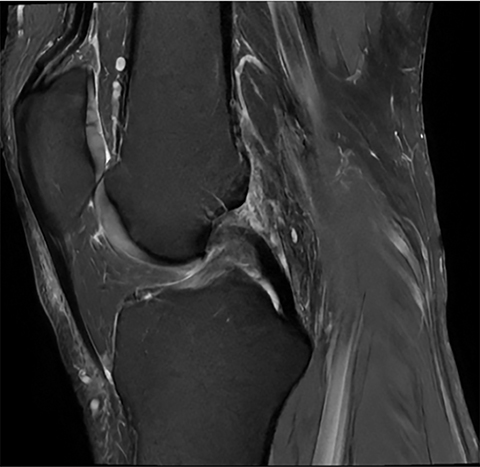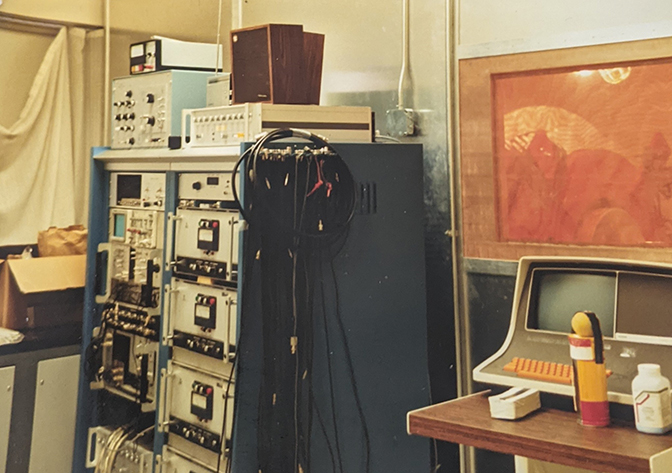Evolution of a Profession: A Rad-Tech’s Reflections
Images






At its most basic, the definition of a radiologic technologist is one who typically performs medical imaging exams, including diagnostic radiography, computed tomography (CT), mammography, magnetic resonance imaging (MRI), nuclear medicine, and ultrasound, for interpretation by a radiologist.
But that definition alone falls short of highlighting the relationship—indeed, partnership—of the two that has evolved over the years and is so vitally important to the success of medical imaging as a tool for medical diagnosis and treatment.
History of the Technologist
Many people, including those who work in the profession, may not realize that neither radiologists nor technologists were the first to take or interpret X-rays.1 Indeed, in the early years after the discovery of X-rays and their ability to reveal the skeletal anatomy, the radiography pioneers were not medically trained at all. Instead, they were professional photographers who saw radiography as their domain.
But as the field developed, chemists, engineers, and even electricians began to own and operate X-ray equipment. It wasn’t until the early 1900s that physicians began to purchase and operate their own X-ray machines.
Radiology began growing, and along with it grew the demand for physicians not just to operate the equipment, but also to interact with patients while providing treatment. The multiple responsibilities became difficult to manage; the physicians began to solicit and train office assistants and hospital staff to take the exposures and develop the films so they could spend their time focusing on patients.
Change in Technology
Medical imaging technology itself has also come a long way. Long gone are the days when we processed films by hand, dipping them into solutions and hanging them to dry before they were hung on a view box for the radiologist to interpret—even while still wet for “stat” cases.
I am willing to bet that few among us would have imagined that, here in the 21st century, we would be able to capture images that can be viewed by referring physicians via digital technology instantly, oftentimes even before radiologists get the chance to see them.
I was also fortunate to have had the opportunity to witness the early years of MRI. Those first systems in the early 1980s took 16 minutes to acquire just 10 images, which then took another 30 minutes to reconstruct and store on reel-to-reel tape.
Today’s MRI acquisitions take seconds to produce hundreds, even thousands, of instantly viewable images, depending on the protocol being used. Compared side-by-side, the quality of yesteryear’s MR images is but a shadow of today’s high-resolution pictures.
Computed tomography’s evolution is just as remarkable. Early on, CT equipment was owned by a music company EMI (of “The Beatles” fame among others) and generated only images of the head. One slice took about six minutes and required 128 revolutions around the patient’s head. To take the next image slice, the technologist had to physically re-enter the room and adjust the imaging position manually. Today, CT has joined the portability revolution, with many routinely performed outside of our physical domain, the radiology suite.
Radiologists, Technologists are Still Partners
The radiologist-technologist relationship has evolved along with the technology. The days when we technologists went to the reading room or had the opportunity to scan alongside the radiologist are no longer common.
However, we have adapted to learning together by partnering with radiologists in societies such as the International Society for Magnetic Resonance in Medicine and many others. We now have our own conference sections to share knowledge and discuss new technology. We are also able to attend the radiologists’ sessions, and they are able to attend ours, which supports lifelong learning and professional relationships.
The Next 50 Years
Today, we technologists are advancing to the next level by partnering with radiologists in journals and virtual conferences. We have a seat at the table in such journals as Applied Radiology, where I have the privilege of serving on the Editorial Advisory Board. This partnership will enable us to build educational and professional relationships with radiologists as we continue to advance the field.
Reference
- American Society of Radiologic Technologist. History of the American Society of Radiologic Technologist: https://www.asrt.org/main/about-asrt/museum-and-archives/asrt-history#:~:text=History%20of%20the%20American%20Society%20of%20Radiologic%20Technologists,Its%20business%20office%20is%20located%20in%20Albuquerque%2C%20N.M.
Additional Suggested Historical Readings
Dewing SB. Modern Radiology in Historical Perspective. Springfield, Ill: Charles C Thomas; 1962:83.
Bell ME. Science and art in Roentgenography. The X-Ray Technician. 1948;20:146-148.
Allen KDA. The ideal x-ray technician. The X-Ray Technician. 1951;23:72-83.
Bocklage MH. Instruction in x-ray protection. The X-Ray Technician. 1955;26:443-444.
Pengelly FL. Pioneering in radiography. The X-Ray Technician. 1954;26:23-26.
Editorial. The X-Ray Technician. July 1937:46.
References
Citation
C H. Evolution of a Profession: A Rad-Tech’s Reflections. Appl Radiol. 2021;(4):28-30.
July 15, 2021